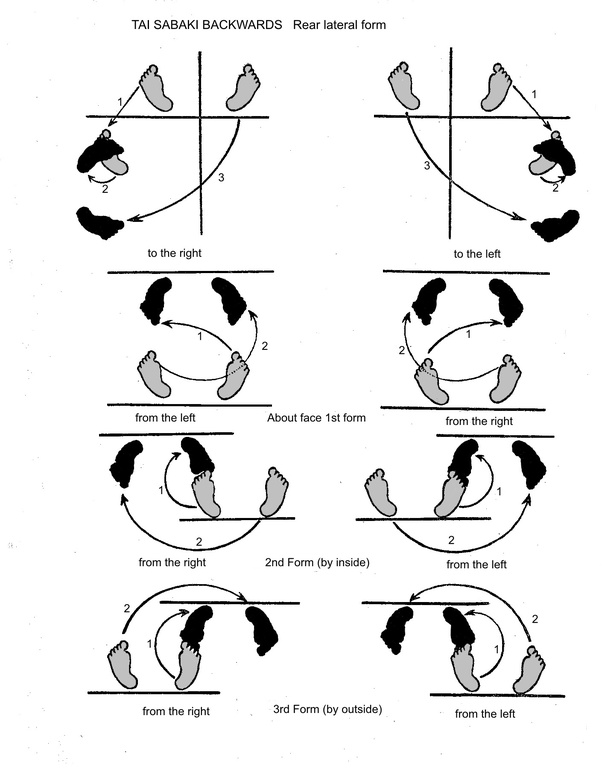


Tai sabaki is related to ashi sabaki ( footwork) and te sabaki (handwork). This implies the use of harmony rather than physical strength. Īn example of tai sabaki is 'moving off the line' of attack using irimi and tenkan movements rather than to 'move against' the attack. Tai sabaki is usually used to avoid an attack, such that the receiver of the attack ends up in an advantageous position and it is often wrongly referred to as evasion.

It is a term used widely in and very important in kendo, jujutsu, aikido, judo, karate and ninjutsu. 10.Tai sabaki ( 体捌き) is a term from Japanese martial arts and which relates to 'whole body movement', or repositioning. Mastery of tai-sabaki is the key to executing effective throwing techniques. The body must be carried lightly and you must maintain your balance at all times. This involves primarily turning movements, which must be fluid and fast. body control Tai-sabaki is the term for body control. If you fail to avoid the initial attack, there is little need for countermoves.ħ. Taisabaki is the heart of the art technical skill in striking or major techniques is secondary. Tai Sabaki (often translated as evasion) places great emphasis on ‘Ashi Sabaki’ (footwork) and ‘Te Sabaki’ (handwork). In more advanced forms, it encompasses defenses against armed attacks and multiple assailants. In its most basic form it consists of ten movements against punching attacks. Taisabaki was designed to encompass any attack from any angle.

Body positioning is an essential element in the art. Taisabaki involves the defender moving his body out of harm's way and creating an opening for retaliation. Taisabaki theory combines circular and linear body positioning. Linear attacks are also utilized, as sometimes it is advantageous to meet an attack head-on. The circular motion allows the Ju-jutsu practitioner to redirect the attacker's force and use it against him. Ashi Sabaki- Foot work kenjutsu Academia Ikigai Kan 240 subscribers 1.6K views 5 years ago Foot work for kenjutsu - Ayumi ashi - Okuri Ashi - Tsugi Ashi - Hikari ashi. Assuming the attacker is stronger, a weaker defender will always lose if he directly opposes the force. Body positioning Combat Ju-jutsu utilizes circular motions extensively in meeting an attack. An important principle in aikido relating to one's position in relation to the opponent. In judo, the circular motion required to perform certain throws. (teye sa-ba'kee) "body movement" The turning action of the body. Koshi-sabaki, concentrating on the placing of the hips and pelvis Ashi-sabaki, study of the displacement of the feet and legs Te-sabaki, concentrating on the arms and the hand movements. This is basic to Aikido movement, with Te-hodoki. This produces a pivoting effect, forward or backward, and is used to avoid an attack or prepare for an attacking or defensive movement. Running Versus Ashi SabakiThere are countless. Body Movements) methods of entering, turning, and shifting the body while performing techniques.Ī rotation of the body brought about by the displacement of the feet with Tsugi-ashi steps. Hopefully once you grasp any number of these, you will embark on some Ashi Sabaki training for your kumite.


 0 kommentar(er)
0 kommentar(er)
